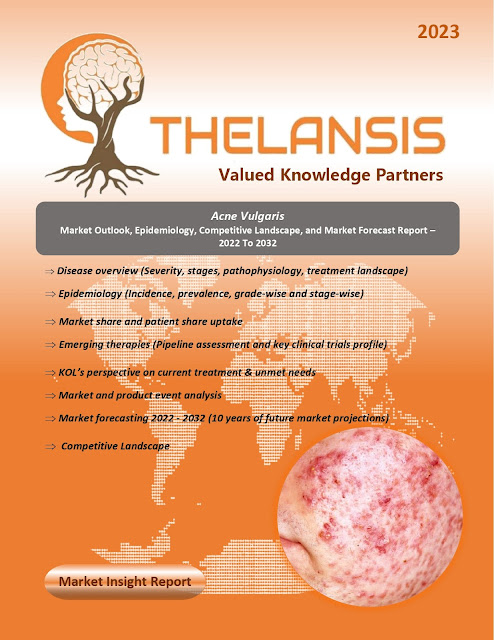Bronchospasm – Market Outlook, Epidemiology, Competitive Landscape, and Market Forecast Report – 2023 To 2033
Bronchospasm, defined as a contraction of the bronchial smooth muscles, narrows the bronchi. This condition is frequently triggered by mechanical or chemical irritants, often in conjunction with underlying airway hyperreactivity, such as in cases of upper respiratory tract infections and smoking. Various stimuli that may precipitate bronchospasm include airway irritation, anaphylaxis, aspiration, pulmonary edema, allergies, acute asthma exacerbations, improper endotracheal tube placement, or extubation-induced spasm. Clinical manifestations of bronchospasm encompass expiratory wheezes, rash, elevated peak airway pressure, desaturation, increased end-tidal CO2 (EtCO2), and a characteristic ‘shark-fin’ appearance on the program. Many individuals experiencing bronchospasm do not have a prior history of obstructive pulmonary disease, and conversely, most patients with obstructive pulmonary disease do not exhibit bronchospasm under anesthesia. Factors that elevate the risk of intraoperative bronchospasm include:
- Recent viral upper respiratory infection
- Recent exacerbation of pulmonary symptoms
- Recent hospital admission for asthma treatment
- Exposure to tobacco smoke
The differential diagnosis of bronchospasm should consider endobronchial intubation, airway foreign body, mucus plugging, circuit or endotracheal tube (ETT) kinking, pulmonary aspiration, and tracheal/bronchial lumen occlusion by the ETT cuff. Treatment strategies for bronchospasm can be categorized into pre-operative and intra-operative phases. Pre-operative management includes supplemental oxygen, inhaled beta-2 (B2) agonists, and intravenous steroids. Medications used in the pre-operative phase include short-acting bronchodilators, long-acting bronchodilators, inhaled steroids, and systemic (oral or intravenous) steroids. Intraoperative management of bronchospasm involves administering volatile anesthetics, inhaled B2 agonists, and intravenous steroids and considering alternative causes of elevated airway pressures, such as kinked tubes or endobronchial intubation.
Thelansis’s “Bronchospasm Market Outlook, Epidemiology, Competitive Landscape, and Market Forecast Report – 2023 To 2033" covers disease overview, epidemiology, drug utilization, prescription share analysis, competitive landscape, clinical practice, regulatory landscape, patient share, market uptake, market forecast, and key market insights under the potential Bronchospasm treatment modalities options for eight major markets (USA, Germany, France, Italy, Spain, UK, Japan, and China).
KOLs insights of Bronchospasm across 8 MM market from the centre of Excellence/ Public/ Private hospitals participated in the study. Insights around current treatment landscape, epidemiology, clinical characteristics, future treatment paradigm, and Unmet needs.
Bronchospasm Market Forecast Patient Based Forecast Model (MS. Excel Based Automated Dashboard), which Data Inputs with sourcing, Market Event, and Product Event, Country specific Forecast Model, Market uptake and patient share uptake, Attribute Analysis, Analog Analysis, Disease burden, and pricing scenario, Summary, and Insights.
Thelansis Competitive Intelligence (CI) practice has been established based on a deep understanding of the pharma/biotech business environment to provide an optimized support system to all levels of the decision-making process. It enables business leaders in forward-thinking and proactive decision-making. Thelansis supports scientific and commercial teams in seamless CI support by creating an AI/ ML-based technology-driven platform that manages the data flow from primary and secondary sources.



%20Market%20Outlook%20and%20Forecast.webp)
Comments
Post a Comment